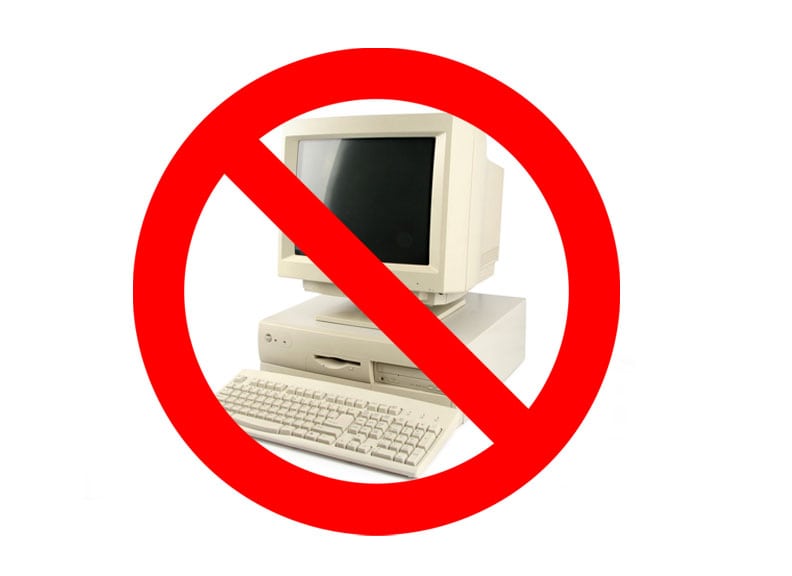Is that old computer costing you money? If you’re still clinging with white knuckled fingers to that 7-year-old desktop that you’ve been nursing along because you’re trying to save the business a few bucks….Stop it. A study from Intel along with other industry research says you’re wasting money instead of saving it.
How Often Should Your Company Have a Tech Refresh?
We all know that the budget is tight, and that business owners and managers make tough decisions every day on where to allocate limited resources. What most people don’t think about is that the decision to not spend money could end up costing them a lot more.
Intel published an article discussing the optimal timing and methodology behind a technology refresh. The first thing they mentioned is that business owners need to start treating computer hardware as a strategic asset. This will help change their mindset so that they make better decisions concerning its proper lifecycle, care, and maintenance.
Intel also mentioned that 3 years is the optimal timing to refresh PC’s for most businesses. Data shows cycling computers on this timeline provides optimal ROI. PC’s that live past this threshold have increasing costs for support and maintenance that quickly surmount the cost of simply replacing the machine. Other reports substantiate Intel’s claims.
A study by San Jose market research firm Techaisle estimated that in a 5-computer business with two old computers and three less than 3 years-old, the business could save $1500 in the first year by replacing the two older machines―a combination of reduced downtime and lower maintenance costs―enough to buy two new laptops and take the office to lunch.
The Hidden Cost: How Outdated Technology is Draining Your Business’s Potential
1. Drain on Productivity
Old hardware also hampers productivity. When employees are stuck staring at a boot or load screen or waiting for applications to respond, they are not engaged in productive work. In many roles, all available productive work depends on software that isn’t loading fast enough or relies on a slow computer.
Instead of being productive, employees are left waiting, leading to a noticeable drain on their morale.
2. Security Concerns
Older hardware poses significant security concerns that disappear when the old hardware is replaced. One of the most serious issues is the lack of firmware updates. As new flaws and vulnerabilities in software, operating systems (like Windows and macOS), and firmware are discovered, they usually get fixed (or patched) quickly. However, unsupported hardware is left unprotected from these newly discovered vulnerabilities.
3. Hidden Maintenance Costs
Furthermore, older PCs create hidden maintenance and repair costs for your organization. One white paper estimates that the “stealth costs” of maintenance and required upgrades reach $561 per PC once those PCs are four years old or older.
It’s important to note that all these problems are interconnected: when an older PC requires maintenance, the employee using it isn’t fully productive and is likely unhappy.
Business owners can start to recognize savings by putting similar policies in place for their organizations. By following these simple guidelines, you can eliminate employees frustration with old substandard hardware and start saving money at the same time. i.t.NOW can help you with IT inventory software and regular strategy meetings. Give us a call today!


